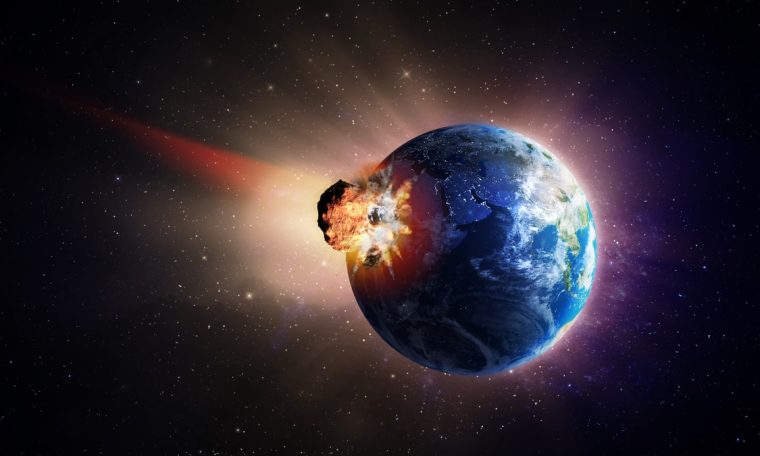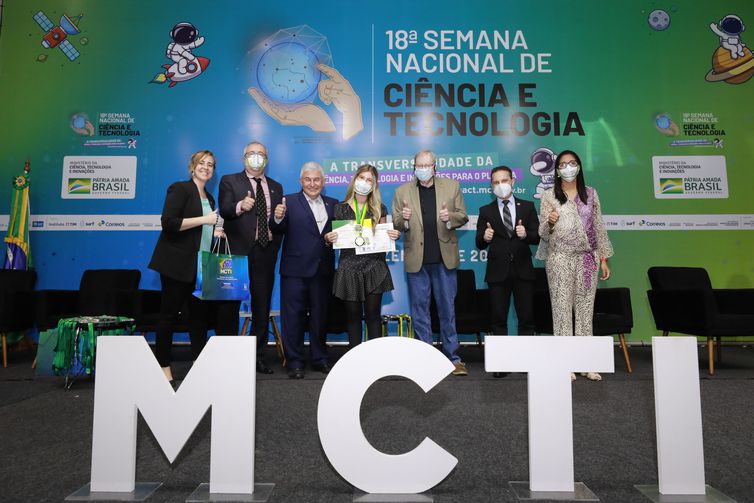
medical student, Verena Pacola Menezes, 22, prefers to spend her time between microscopes and telescopes. While the former helps him become a neurosurgeon, binoculars have shown Medicine Location. It was then that it detected 25 asteroids and one of them was classified as rare because of the different orbit that it may have in the direction of Earth.
Throughout his life, the technical nursing course was taken in high school at Unicamp between the years 2015 and 2017. At this time, he had exposure to the hospital environment and then, having already graduated, he beganConducting research in computational neuroscience for children on the autistic spectrum at the Albert Einstein (SP) Hospital.
Publicity
“Science has always been present in my life. I can’t even remember when I became interested. I joke that I was born a scientist, because for me, doing science and being a scientist, It’s about asking questions, questioning the world and finding answers on my own without being satisfied with the superficial. I’ve always lived that way. I’ve always been a very curious kid to explore the world,” said the medical student University of So Paulo (USP),
In 2019, she represented Brazil He attended the Youth Assembly at the United Nations (UN) and also moved to Canada, where he began a degree in neuroscience. In addition, Verena found herself in a new hobby: astronomy.
“I really liked it. After training, I started using Software Which they use to hunt asteroids. I found the images taken through a telescope in Hawaii. Each packet of images taken by the telescope was made up of four images taken within seconds. I took this packet of images and threw it into software that flashed them over and over again in sequence. As they had a time difference, you could tell if something was going on in space”, he described.
As soon as Verena detects something moving, she will do a numerical analysis of the object to see if it fits the pattern of an asteroid. If the result was positive, it produced a report and sent it to the International Center for Studies at Harvard (USA) and in the process, it detected 25 new asteroids.

Image: Neela Rocha (ASCOM/SEAPC/MCTI)
Read more:
Most of the time, asteroids in the Solar System lie between Mars and Jupiter, a place known as the Main Belt. One of the asteroids discovered by Verena followed a different orbit, raising the possibility that its path coincides with that of planet Earth.
“Now we have to see where this is going to predict possible impacts on Earth. I don’t know if that will happen. The possibility exists, but if we look at the dimensions of the universe, we see that the probability is very small. In fact, ‘Don’t Look Up’ is a situation similar to the one in the film, in which a researcher discovers a comet that is headed towards Earth, he remarked.
Source: Brazil Agency
Read more:
have you seen our new videos youtube, Subscribe to our channel!




